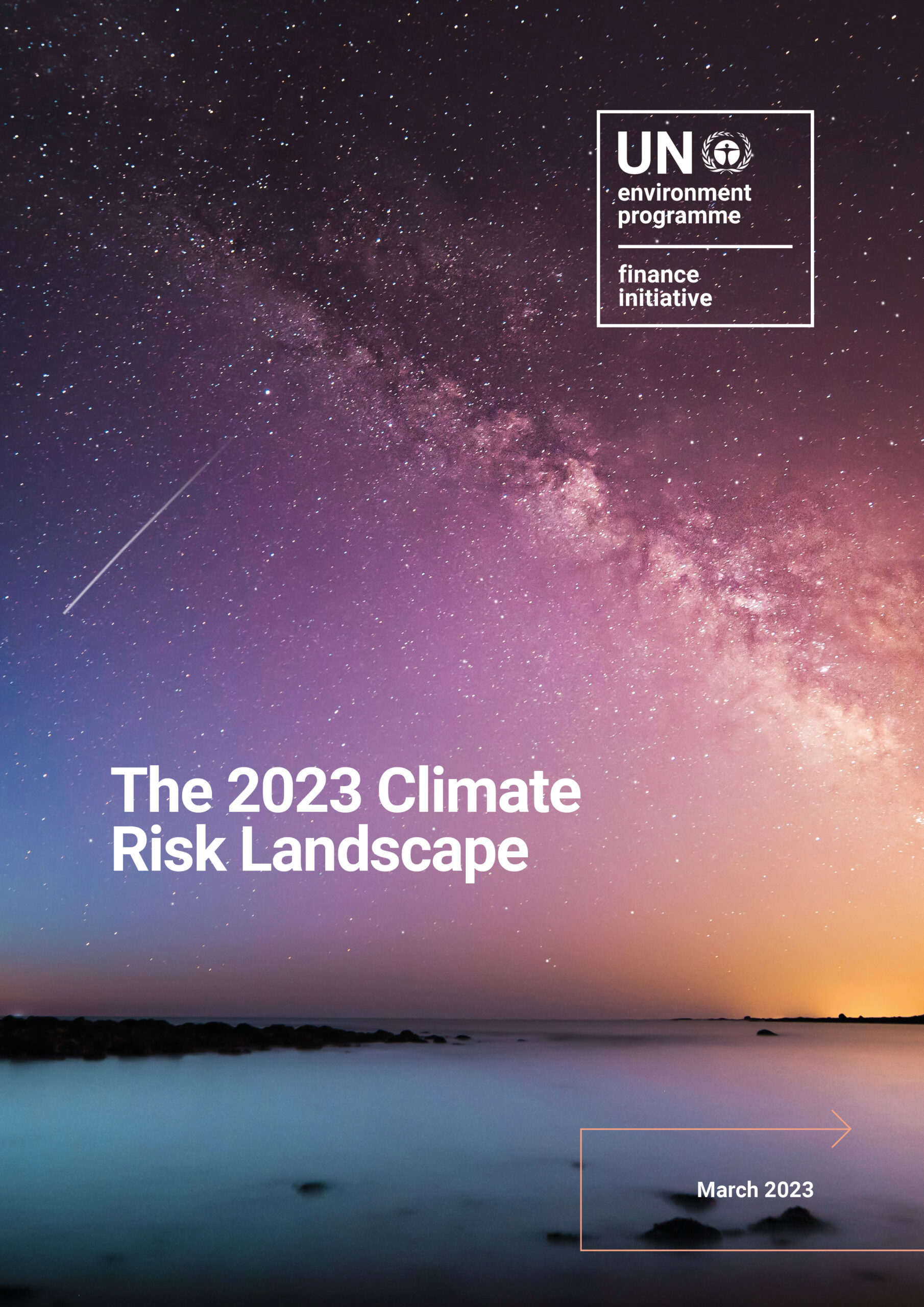
07 March 2023Climate Change, Publications, Risk, TCFD
POPULAR CONTENT

07 March 2023Climate Change, Publications, Risk, TCFD

17 May 2022Events, Roundtables

19 December 2023Banking, Climate Change, Insurance, Investment, Nature, News, Policy, Pollution & Circular Economy, SDGs and Impact, Social

La Taxonomía de Finanzas Sostenibles de Costa Rica define qué es una inversión ambientalmente sostenible de manera estandarizada, estableciéndose un marco común de referencia que ayuda a los actores de la economía real y del sector financiero de Costa Rica a identificar aquellas inversiones que contribuyen al cumplimiento de los objetivos medio ambientales y sociales del país.

This document serves as a concise checklist summarising key requirements from the Guidelines for Climate Target Setting for Banks – Version 2, which members are expected to address on a comply-or-explain basis. Banks are encouraged to exceed these requirements where possible and consider all guidance provided in the complete Guidelines.

This report and its accompanying support document provide essential guidance on climate stress testing. It focuses on assessing the vulnerability of financial institutions to climate change impacts, identifying systemic risks, and enhancing informed decision-making. By addressing the lack of standardized, high-quality data, this guide helps regulators, central banks, policymakers, and financial institutions navigate data challenges.

A sectoral supplement to the climate-focused “Circular Solutions to Achieve Climate Targets”, this paper is designed to assist banks in integrating circular solutions in the buildings and construction sector as part of their climate transition plans to achieve net-zero emissions or climate mitigation targets, though a reduction of their financed emissions and through transition finance strategies.

A sectoral supplement to the climate-focused “Circular Solutions to Achieve Climate Targets”, this paper is designed to assist banks in integrating circular solutions in the textile sector as part of their climate transition plans to achieve net zero emissions or climate mitigation targets, though a reduction of their financed emissions and through transition finance strategies.

This report focuses on the nexus between circular economy and climate mitigation, outlining steps for banks to effectively embed circular solutions in their climate transition plans to achieve climate mitigation targets, including by increasing financing for circular solutions and opportunities, and through advocacy and partnerships with policymakers to enhance circularity.

This report is aimed at providing a general overview on operationalising the interlinkages between circular economy and climate, nature, pollution, and healthy and inclusive economies, encouraging banks to embed circularity into internal policies and processes, engage with clients in their transition to circular business models, redirect financial flows towards circular solutions and opportunities, and advocate for mainstreaming circularity.

This report and the accompanying tool address the gap in short-term climate scenario analysis, focusing on near-term risks, economic volatility, and systemic vulnerabilities.

This summary report concludes the implementation phase of the Legal Framework for Impact programme. It identifies the reasons why sustainability…

This report explores how banks can play a key role in making our buildings more energy efficient and contribute to their climate and resource efficiency goals, including those made under the Principles for Responsible Banking.